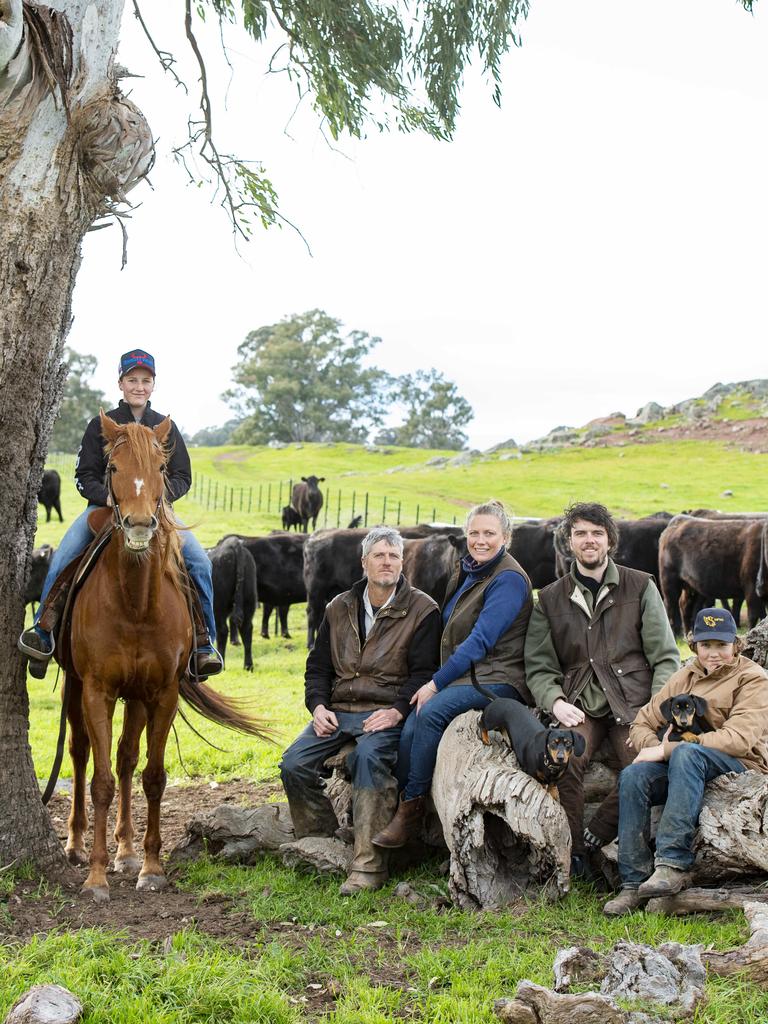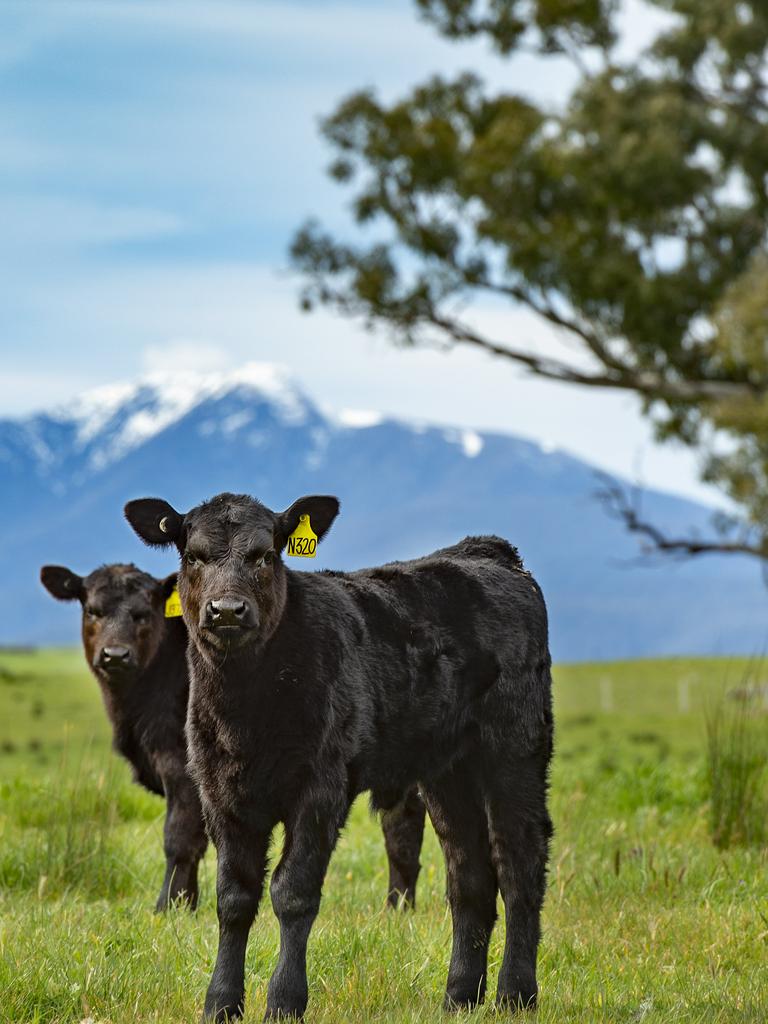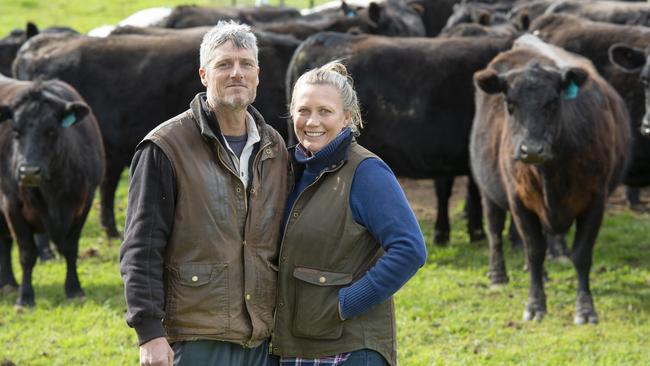Story by Fiona Sheean, photos by Zoe Phillips, The Weekly Times Sep 18 2021
It is easy to see why Te Mania Angus has chosen the person it has to run its only embryo-transplant program.
James McCormack’s passion for animal genetics and dedication to breeding is apparent in every sentence he speaks and the results he achieves.
For the past nine years his carefully managed operation has helped Te Mania Angus stud grow its business immensely. Twenty years ago, Te Mania used to produce 200-250 bulls a year compared with the 800 a year bred now.
This is not all due to the embryo-transplant program, but the scientific management tool has certainly helped make an impact on accelerating production.
“I’ve always had a passion for animal genetics and I enjoy breeding and working with cattle,” James said.
James grew up on a family farm at Mansfield and in 2001 began working for Te Mania Angus, firstly at Colac and then at Mortlake, in a farm management capacity. Being a family-run business with strong succession planning in place, the Te Mania team told James that if he wanted to move back home to Mansfield at any time, they would help accommodate that.
In 2012, he did move back home, bringing the embryo transplant program with him as part of a contract arrangement.
James and his wife, Emily, run 440 cows on 650ha as part of Nenagh Cattle Company, and are hoping to expand and increase numbers by 100 in the next 12 months with the acquisition of more land. The Te Mania contract enables James and Emily to run their own enterprise without actually owning anything.
“That takes the pressure off me in many regards, as I don’t own the land or the livestock,” James said.
STEP AHEAD
The McCormacks are producing 330 embryo calves a year and hope to increase that to 430 in the next 12 months. This will involve producing more than 550 embryos.
The process is technical and requires meticulous management, but having learnt the trade with Te Mania, James was one step ahead with the technicalities of ET when taking on the program full time.
He collects embryos out of 30 elite cows a year. The recipient cows that receive the embryos are females that have been judged at the bottom end of the Te Mania seedstock herd, having failed the tests most important to breeding principles.
“The simple principle is that you are getting out of your worst 400 cows the genetics that are at the front of your herd,” James said.
The technique begins by super-ovulating the elite cow, which creates multiple eggs from one heat. That is delivered daily for four days, 12 hours apart. Once the cows are in season they are artificially inseminated between 12 and 24 hours after showing standing heat. Being a super ovulation, they are AI’d twice.
The time-frame is tight and 6½ days later two vets come and harvest the embryos with catheters.
“They insert the catheter up each fallopian tube one at a time and capture the embryo while suspended as they are travelling down to the uterus,” James said.
They are able to trap them with a micro filter.
“The embryos are then brought into our kitchen which turns into a lab for the day and they are sorted out under the microscope,” he said.
PRESSURE’S ON
There are three different categories: good, unfertilised and degenerates with insufficient cells to be a viable embryo. The good embryos are slowly frozen in liquid nitrogen and stored in a tank at the vet clinic.
“There is quite a bit of pressure to get it right because if you lost all your embryos, you would have all these cows ready to be implanted so I would hate to put a dollar value on it,” James said.
The physical process of flushing a cow takes 10-15 minutes a cow with one vet collecting and the other assessing in the lab.
The embryos are harvested throughout the year and come joining time, they are implanted into the recipient cows.
Joining is in November-December and conducted three times. The recipient cows are synchronised like an AI program and all their heats are recorded.
Seven days after the cows’ heat, the vets return to palpate the cow and determine if she has had an adequate heat to receive an embryo. If so, she receives the embryo half way up the fallopian tube on the side her own egg is sitting.
“The principle of that is it will travel down the fallopian tube to the uterus — as will her own unfertilised egg — and the chemical coming from the embryo as per the unfertilised egg, will encourage her to retain the embryo and not her own egg,” James said.
LABOUR SAVINGS
They currently have a 73 per cent success rate and while this figure has dropped by 4 per cent due to technique changes, efficiencies have simultaneously increased meaning it’s not as accurate, but the labour costs have reduced.
Cows that didn’t receive an embryo in the first round will then be resynchronised and some later calving cows brought into the program as well. About 70 per cent of cows are completed in the first round and 30 per cent in the second. A third round is conducted if necessary.
The first-round cows are pregnancy tested with a 30-day test, which gives the McCormacks time to resync cows that didn’t take.
Once the embryo calves are born they are tagged and weighed with 70 per cent of calves born by their due date. Recipients can have an effect on gestation length.
“I had a six-day period where I was averaging 30 calves a day and I had 39 calves in one day once, but they laugh at that down at Te Mania because sometimes they can get 80 in a day,” James said.
Calving is spread over 21 days in spring and the cows get a three-month break before the process starts again.
At 4½ months old and about 240kg, the calves are weighed, vaccinated and trucked to Te Mania’s Mortlake property where they are yard weaned for two days. This is ample time given the handling exposure the calves have had since birth in the AI program.
The calves are put onto summer forage crops that are millet based, a safe feed ration for young developing rumens.
TRIED AND TESTED
At 13 months, both bulls and heifers are ultrasound tested and scanned for eye muscle area, P8 fat and intramuscular fat. Bulls will also get weight recorded for 400 days and scrotal measurements taken. Based on that data and independent structural assessments, the destinations of the calves are determined.
Some are chosen to go into the Team Te Mania progeny test program and others are selected for the autumn and northern bull sales.
“Once they leave my care I see them again when they are yearlings and I get a say in destination suggestions,” James said. “It is quite a joy seeing how they end up and where they end up.”
James said commercial breeders now had access to bulls worthy of use in the seedstock industry.
“We are not trying to breed show winners. We are trying to produce economically sustainable cattle that eat very well that you still enjoy looking at,” he said.
There has been a wider acceptance of statistics and their value over the years, so there have been significant improvements of many traits.
“Birthweight has dropped a lot and growth has increased dramatically, IMF is phenomenal and with all that calving ease has improved, so survivability is much more likely,” James said.
STRICT DIETS
The cows, which must be more than two years old, are on a completely controlled diet.
The McCormacks average four embryos a flush, but it can range from zero to 24 per cow.
“That is a wildcard but we’ve had individual cows that we’ve had 80 embryos from for the season, which can convert to 60 calves on the ground from one cow,” James said.
James manages the donor cows for 12 months before they return to Mortlake and the next batch arrives.
The recipient cows are rotationally grazed around the property under commercial conditions, apart from when they are supplementary fed during the last six weeks of lactation.
The McCormacks produce their own supplementary feed with about 800 rolls of silage and 200 bales of hay stored for drought reserves each year.
Their management system is simplified given they don’t have to worry about young stock.
“I am principally loading the place up during prime growing season and then I destock as quickly as possible in February,” James said.
“My key to viability is growing grass and growing it well.
“It doesn’t matter what level of animal you produce, your cheapest food commodity is growing out of the ground.
Link to The Weekly Times story
